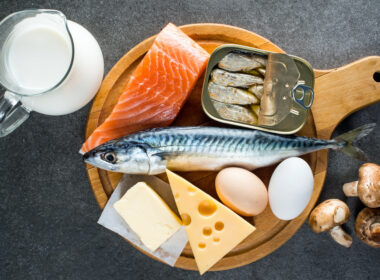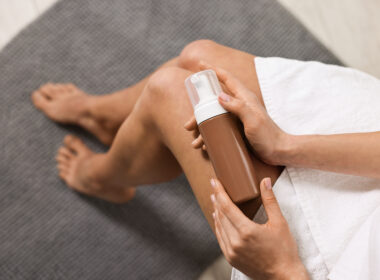We all know that regular exercise brings a myriad of benefits, but did you know how these benefits extend even to our fertility and childbearing?
If you had spoken to me three weeks ago, I would have told you I was in survival mode. I was finalizing my master’s thesis; every spare moment was spent scrutinizing every word, phrase, and citation. Usually, I exercise three to four times per week in the gym or outdoors, and am active every day. However, in sheer desperation, I began to exchange my exercise time for more time to write. In those weeks away from frequent exercise, I experienced jaw tension, aching muscles, difficulty sleeping, and had a horrible mood (which my husband and kids noticed).
Rosie Caston, in her work as a Beachbody coach, sees many women tripped up on such obstacles to maintaining an active lifestyle. Ms. Caston is a resident of East Setauket, NY, wife, mother to three young children, and champion in helping women lead active lives. She stresses how, for herself, exercise and good nutrition resulted in a healthier third pregnancy with improved circulation, more energy, less swelling, less schiatica pain, and a better feeling of preparedness for childbirth as compared to her two previous pregnancies.
A study published in Fertility and Sterility indicated not only that daily exercise is good for women of all body types, but also that active women have slightly higher rates of fertility than those who do not exercise[i]. Dr. Jessica Scotchie, a reproductive endocrinologist who practices in Chattanooga, TN, says that moderate exercise helps us maintain a healthy weight, which in turn, “helps conception and ensures a more healthy pregnancy[ii].”
On the other hand, athletes and those who exercise five or more hours per week in high-intensity work-outs or training may face challenges becoming pregnant. “Very vigorous exercise can affect ovulation, and thereby disrupt menstrual cycles,” said Dr. Scotchie. “The pituitary gland interprets the strenuous exercise as meaning that this is not an optimal time to further stress the body with reproduction, and thus shuts down the signaling to the ovary to promote ovulation[ii].” Women who want to conceive should consider substituting lower impact exercises for more vigorous activities.
“Depending on if you’re overweight, underweight, training regularly or a fitness beginner, your goals will look different,” Ms. Caston said. “You should look to get your BMI within a normal range, your cycle as regular as you are able, and you should pace yourself.” Ms. Caston recommends 22- to 30-minute work-outs in your own home, with no need for costly equipment.
Some exercises are ideal for almost any woman of any age and stage of life. Maria Renner, a Certified Massage Therapist and a Professional Practitioner of Maya Abdominal Massage in Indianapolis, IN, suggests four “uterus-friendly” exercises for women: walking, swimming, yoga, and belly dance. These exercises are gentle yet strengthening.
How can modern women make regular exercise a part of their lives? When I chatted with Ms. Caston about obstacles women face to staying fit, two main themes arose: busyness and a lack of accountability. “We are all busy,” she said. “When we devote time to caring for ourselves, we are able to be the women we know we are called to be, with health and wellness that carries over to those around us.” For women who give so much of themselves to others, taking the time for self-care and self-love is essential.
Accountability is also necessary and can take the form of a coach, trainer, or accountability group, whether in-person or virtual. (Accountability is also important for fertility charting.)
Whether you are in a season of life where you are trying to become pregnant or not, regular exercise contributes to a healthy lifestyle and ovulatory function. Ms. Caston offers a final piece of advice for all women wanting to start or increase their activity level: “Listen to your body, find a coach, trainer or specialist to help you identify your goals and make a realistic plan to accomplish them, find support and accountability to help you along and be patient with yourself.”
For more information
Healing Wombs- Maria Renner, MS, CMT
[i] Wise Sc.D., Lauren A, Kenneth J. Rothman, Dr.P.H., Ellen M. Mikkelsen, Ph.D., Henrik Toft Sorensen, M.D., Anders H. Riis M.S., and Elizabeth E. Hatch, Ph.D. “A Prospective Cohort Study of Physical Activity and Time to Pregnancy.” Fertility and Sterility. 97, no. 5 (2012):1136-1142. http://www.fertstert.org/article/S0015-0282(12)00259-2/pdf.
[ii] Woodham, Chai. “Trouble Trying to Conceive? This May Be Why: Here’s how to cope with some little-known infertility culprits.” US News & World Report. (June 6, 2012) http://health.usnews.com/health-news/articles/2012/06/06/trouble-trying-to-conceive-this-may-be-why .







